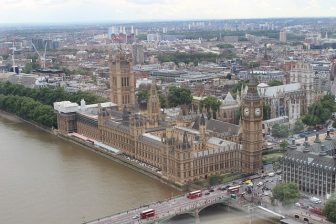
Housebuilder prepares eco-friendly homes ready for extreme temperatures
“In building this home, Bellway is taking a lead in the housebuilding industry to test technologies to help meet net zero carbon targets.
“However, with many of these innovations, we don’t yet know how they will function for real families in real homes, or what their running costs will be. This is particularly important when energy costs have risen so significantly, and homeowners are being hit heavily in the pockets.
“Energy House 2.0 will enable us to find out how everyone can operate their homes more efficiently and how new technologies can assist our efforts in reducing carbon emissions by building more efficient homes.
“The research will produce reliable data that can help us all to make changes. We will compare the theoretical and real performance of different energy methods, finding out how our habits impact on energy consumption and retention.”
Bellway started work building its energy house last month and the build programme is scheduled to be completed in October
Jamie added: “Many of the technologies we will be testing are due to be in common use in new homes by 2026. This project provides us with the opportunity to test their effectiveness and to create solutions to any challenges we encounter.
“The results will help us to deliver more energy-efficient homes and to advise people on how to make best use of new technology to control energy usage and running costs.”
Energy House 2.0 is one of a series of test sites Bellway has set up across the country to work with new energy efficient technologies.
Currently, four ‘Future Homes’ are being built in Callerton, Northumberland, which will be available for open sale and homeowners will work with Bellway to monitor energy usage as part of Bellway’s wider carbon reduction strategy.



